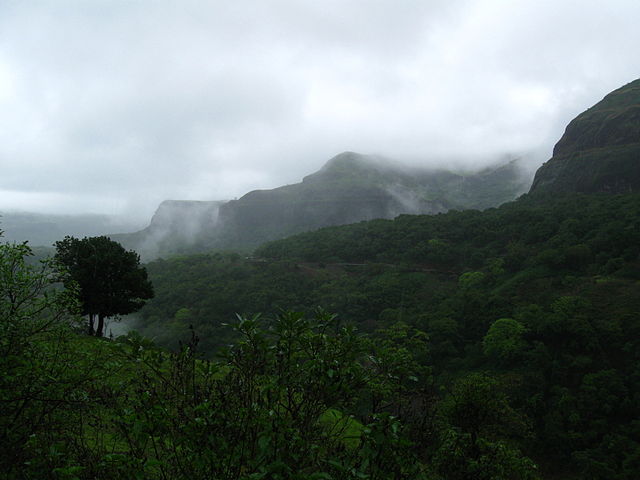Current rates of progress on water, sanitation, and hygiene would need to quadruple to meet UN targets.

Over the past 20 years, the majority of flood losses have occurred in Asia, where climate change-induced rainfall is expected to hit the hardest. Photo © GKarunakar / Wikimedia Commons.
- A new report found that global progress on water, sanitation, and hygiene goals is falling short.
- Over half of countries surveyed were found to have inadequate disaster warning and response plans.
- Climate change is poised to thrust billions more into water insecurity.
By Laura Gersony, Circle of Blue — October 11, 2021
The world is behind schedule to achieve global water and sanitation goals, according to a new report from the World Meteorological Organization.
In order to secure universal access to clean water by 2030—the target date for the UN’s Sustainable Development Goals—the current rate of progress would need to quadruple, the report found. Climate change is only making the situation more dire, as warming temperatures continue to worsen droughts, floods, and other water-related hazards.
“Increasing temperatures are resulting in global and regional precipitation changes, leading to shifts in rainfall patterns and agricultural seasons, with a major impact on food security and human health and well-being,” WMO Secretary-General Petteri Taalas said at a press conference.
A comprehensive UN climate report released in August found that if atmospheric warming reaches 2 degrees Celsius, an additional 8 percent of the world’s population would be exposed to water scarcity. By 2050, more than 5 billion people are expected to have inadequate access to water at least one month per year, up from 3.6 billion in 2018.
“We need to wake up to the looming water crisis,” Taalas said.
One quarter of cities worldwide are already experiencing regular water shortages. Globally, the amount of accessible freshwater has decreased by a centimeter annually for the past twenty years.
The report found that many countries are unprepared for water-related hazards such as droughts and floods. Approximately 40 percent of the 101 countries surveyed do not collect basic hydrological data, and over half are unable to reach at-risk populations with early warnings of flash flooding and droughts.
As of 2018, sixteen countries have water stress levels at or above 100 percent, meaning that more water is being withdrawn from rivers, lakes, and aquifers than is renewable annually. Four of these countries—Kuwait, Libya, Saudi Arabia and the United Arab Emirates—are withdrawing five times as much water as is available, and are relying on desalination to meet demand.
The risks have intensified in the last two decades. Flood-related disasters are happening more than twice as frequently, and droughts are lasting longer. The majority of flood losses occurred in Asia, where climate change-induced rainfall is expected to hit the hardest. Drought losses, meanwhile, have been concentrated in Africa.
The report called for increased investment in warning systems and data collection, particularly in least developed and small island countries, and for improved collaboration among national agencies.
Laura Gersony covers water policy, infrastructure, and energy for Circle of Blue. She also writes FRESH, Circle of Blue’s biweekly digest of Great Lakes policy news, and HotSpots H2O, a monthly column about the regions and populations most at-risk for water-related hazards and conflict. She is an Environmental Studies and Political Science major at the University of Chicago and an avid Lake Michigan swimmer.





